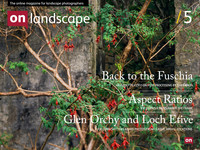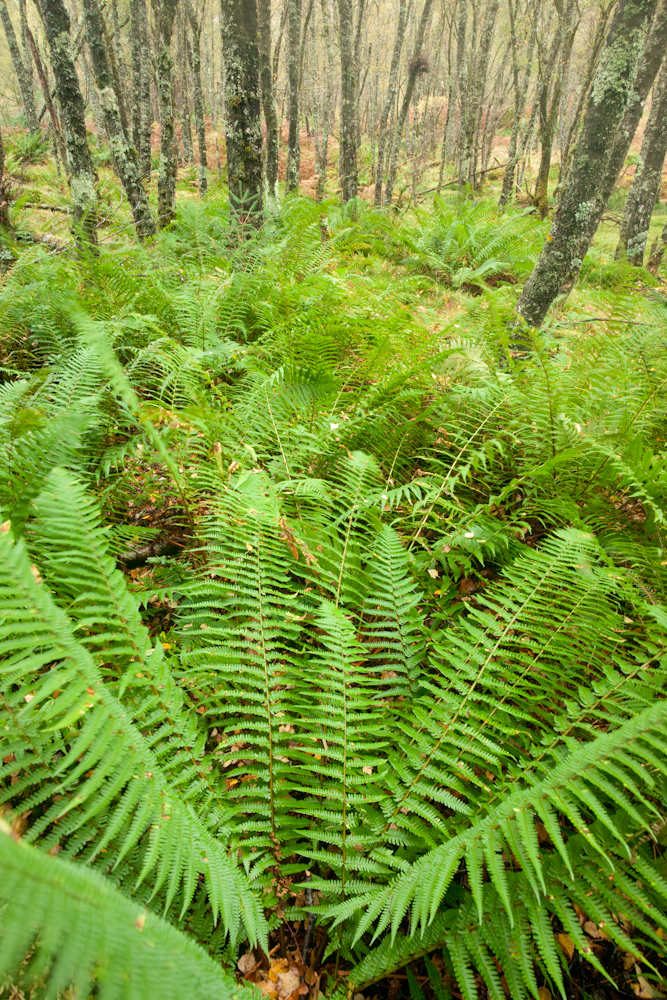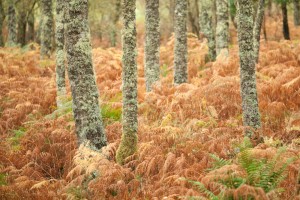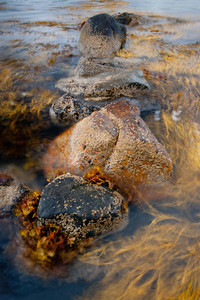What Digital photographers could learn from their Large Format cousins
Introduction
Could it be that the very things that make digital capture so appealing also inhibit the creative process of image making? Could those who make images using dSLRs or compact digital cameras benefit from eschewing speed and fine-tuning through capture/instant review, in favour of a slower, more considered approach? (more similar to that of Large Format photographers such as Richard Childs, Joe Cornish and David Ward?)
My aim in this (series of) article(s) is to analyse the differences in the ‘in the field’ workflow between the two formats, and suggest situations where the digital landscape photographer might benefit from adopting an approach more similar to that of large format. Large format film photography may remain out of reach, undesirable to, or simply not meet the needs of many photographers (e.g. attempting sports or street photography with such cameras would not be wise!). However, in the realm of landscape photography there is a compelling argument that the workflows and techniques adopted by those who shoot large format film would be of benefit to a great many aspiring landscape photographers.
In wracking my brains as to how best to structure this series I came up with 4 key themes that I think bring out the major differences between the two workflows.
- Bulk, Weight and General ‘Inconvenience’
- Low-tech vs. High-tech
- Uncertainty of Result (Time until Image Review)
- Scarcity & Cost
In this article I’ll cover the first two themes. These address quite specific, literal technological differences and their potential impacts on workflow. The second article in the series will address the impact of uncertainty of result, and delayed review of images, which deals a little more with the psychology (in the loosest possible definition!) of image-making. Finally, I analyse the cross-cutting themes of scarcity and cost in relation to the two mediums.
Bulk, Weight and General ‘Inconvenience’
View cameras are large, heavy, and cumbersome to set up, especially in comparison to dSLRs. Some might say that even the most skilled of PR consultants couldn’t spin those characteristics into a set of advantages, but, taking a closer look at the impact that they might have on a photographer’s workflow reveals a compelling argument to the contrary.
The impact of the difference in format begins before the photographer even gets out into the field. By acknowledging the large bulk and weight of large format gear, yet continuing out into the field anyway, the large format photographer has made a positive decision to go out and make images. In contrast, while it is certainly common practice for many dSLR users to go out specifically to make images, there is always the temptation to simply bring the camera along ‘just in case’ and snap a few shots. Removing this temptation arguably forces the photographer to set aside time to concentrate solely on their photographic endeavours – a good mindset to get into. (… though, of course, could backfire and lead to ‘not finding time’ to get out with a camera!)
Finding the shot:
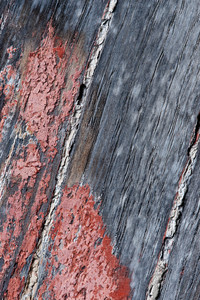 Once out in the field, the dSLR photographer is free to hand-hold their camera to set up a shot, and to make images hand-held if necessary. For the large format photographer, it is a not insignificant commitment to set up a view camera, both in terms of time and effort. The implication of this? The photographer looks for images without being able to hold the camera up to their eye (Commonly done through a finder, or alternatively, a simple piece of card with a rectangle in the correct proportions cut out of it (e.g. 5x4 or 3x2)). Having been through this process on a recent workshop with Richard Childs and David Ward, I can attest that it really does aid the creative process: Instead of getting ahead of yourself by worrying prematurely about the technical details, the kit bag goes down to the ground and you are free to roam and explore subjects as you will. Most importantly, following this process frees you to concentrate on one single part of the photographic process at a time – in this case, composition. Only once you have identified an emotive and evocative composition, is it time to get out the camera equipment and start setting up the shot.
Once out in the field, the dSLR photographer is free to hand-hold their camera to set up a shot, and to make images hand-held if necessary. For the large format photographer, it is a not insignificant commitment to set up a view camera, both in terms of time and effort. The implication of this? The photographer looks for images without being able to hold the camera up to their eye (Commonly done through a finder, or alternatively, a simple piece of card with a rectangle in the correct proportions cut out of it (e.g. 5x4 or 3x2)). Having been through this process on a recent workshop with Richard Childs and David Ward, I can attest that it really does aid the creative process: Instead of getting ahead of yourself by worrying prematurely about the technical details, the kit bag goes down to the ground and you are free to roam and explore subjects as you will. Most importantly, following this process frees you to concentrate on one single part of the photographic process at a time – in this case, composition. Only once you have identified an emotive and evocative composition, is it time to get out the camera equipment and start setting up the shot.
Setting up your equipment:
Again, at this point, the two workflows diverge. For the large format photographer, equipment that is both large and heavy combines to necessitate a tripod, which is simply not the case if using a dSLR. However, out of this apparent constraint, something magical starts to occur once the camera is secured to the tripod: By removing the need to physically support the camera with your own frame, you allow yourself to truly concentrate on the image that is in the viewfinder (and most importantly, the emotion that it evokes in you). Without having to devote physical and mental effort to maintaining the same composition by keeping the camera balanced in exactly the same position, you can take the time to evaluate whether the nascent image has the same impact that had drawn you to it in the first place. Plus, you can make small and precise changes to simplify and fine-tune the composition to enhance its impact further.
Throughout this careful and deliberate process, you are looking and thinking photographically: concentrating fully on the landscape around you, and removed from the temptation to take a cursive look at your surroundings and skip to the next step without a second thought.
Low-tech vs. High-tech
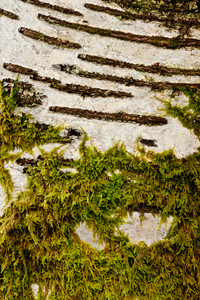 In addition to their bulk and weight, large format cameras are distinctly manual (with a capital M!). Prime lenses, manual focus with bellows, manual adjustment of the aperture, spot metering with a hand-held meter and manual adjustment of the many possible movements. Electronics - what electronics? Even the shutter release is timed manually.
In addition to their bulk and weight, large format cameras are distinctly manual (with a capital M!). Prime lenses, manual focus with bellows, manual adjustment of the aperture, spot metering with a hand-held meter and manual adjustment of the many possible movements. Electronics - what electronics? Even the shutter release is timed manually.
Compare and contrast this to the wonder of modern engineering that constitutes a dSLR. At your fingertips are autofocus, zoom lenses, multiple metering modes, automatically timed shutters that go down to 1/5000 of a second or less. Single or multi-shot modes, LCDs on which you can immediately review your image and histograms to tell you whether your exposure is over or under… and that is just scratching the surface!
But yet again, having all these options so readily available often leads to the temptation to skip ahead - thereby failing to fully concentrate on each one in turn. By the time you’ve started setting up the composition, you’re already thinking about the exposure… and once you’re doing that (or letting the camera do it for you via matrix metering), you’re on to fiddling with ISO, white balance, shutter speed and… oh you might as well take the shot as a test anyway (just to see what it’s going to look like first). The emphasis is often on speed, ‘efficiency’ and multi-tasking. It makes it easy to ‘take photographs’, but not so easy to make evocative images. All along you are being tempted to cede responsibility for the image to the camera’s automated systems.
So where does this leave us?
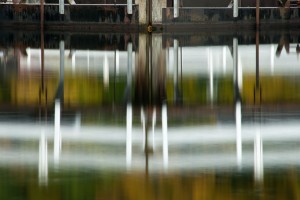 Well, simply put, just because all that technology is tempting you to hurry up and take the shot in case you ‘miss the moment’, it doesn’t mean that you have to listen!
Well, simply put, just because all that technology is tempting you to hurry up and take the shot in case you ‘miss the moment’, it doesn’t mean that you have to listen!
Adopting and adapting some of the large format workflow out in the field while continuing to use a dSLR can really benefit your landscape photography. Slow down: Look deeply at what surrounds you and find an inspirational composition. Then use the technology at your fingertips wisely and you’ll find that being deliberate and making careful and well-thought out use of the rich functionality available on dSLRs is definitely a path worth following.
2nd Article to cover:
Uncertainty of Result (Time until Image Review)
The inability to review the image immediately (and the reaction of therefore checking and re-checking every step of the technical and creative process that has gone before, rather than tripping the shutter, reviewing and tweaking).
Scarcity & Cost
Temporal distribution of cost in the workflow. Pay high and early (and relatively often in terms of camera body upgrades) for digital. vs. Pay per image for digital. The psychology of cost per image. Immediacy. Read part 2 article here.
 Ben Stephenson is a photographer who draws his inspiration from the natural world. Specialising in landscape and abstract macro work, he sees photography as a way of interpreting and sharing the beauty he experiences day-to-day. His photographs distil the complexity of the world into artful compositions that exhibit clarity, intensity and graphic simplicity. You can see more of his work, along with the work of his co-conspirators at www.incphoto.com
Ben Stephenson is a photographer who draws his inspiration from the natural world. Specialising in landscape and abstract macro work, he sees photography as a way of interpreting and sharing the beauty he experiences day-to-day. His photographs distil the complexity of the world into artful compositions that exhibit clarity, intensity and graphic simplicity. You can see more of his work, along with the work of his co-conspirators at www.incphoto.com

